You can probably relate to envisioning a home renovation as a weekend project, only for it to become a serious task that takes weeks to complete. This is something that any keen DIY-er can empathize with, but it’s best to avoid it when possible, as it could result in a botched job or even costly repairs. So, to ensure that you don’t end up in this situation again, here is a list of renovations that seem easy but, in reality, are actually pretty difficult to do yourself.
Knocking Down Walls
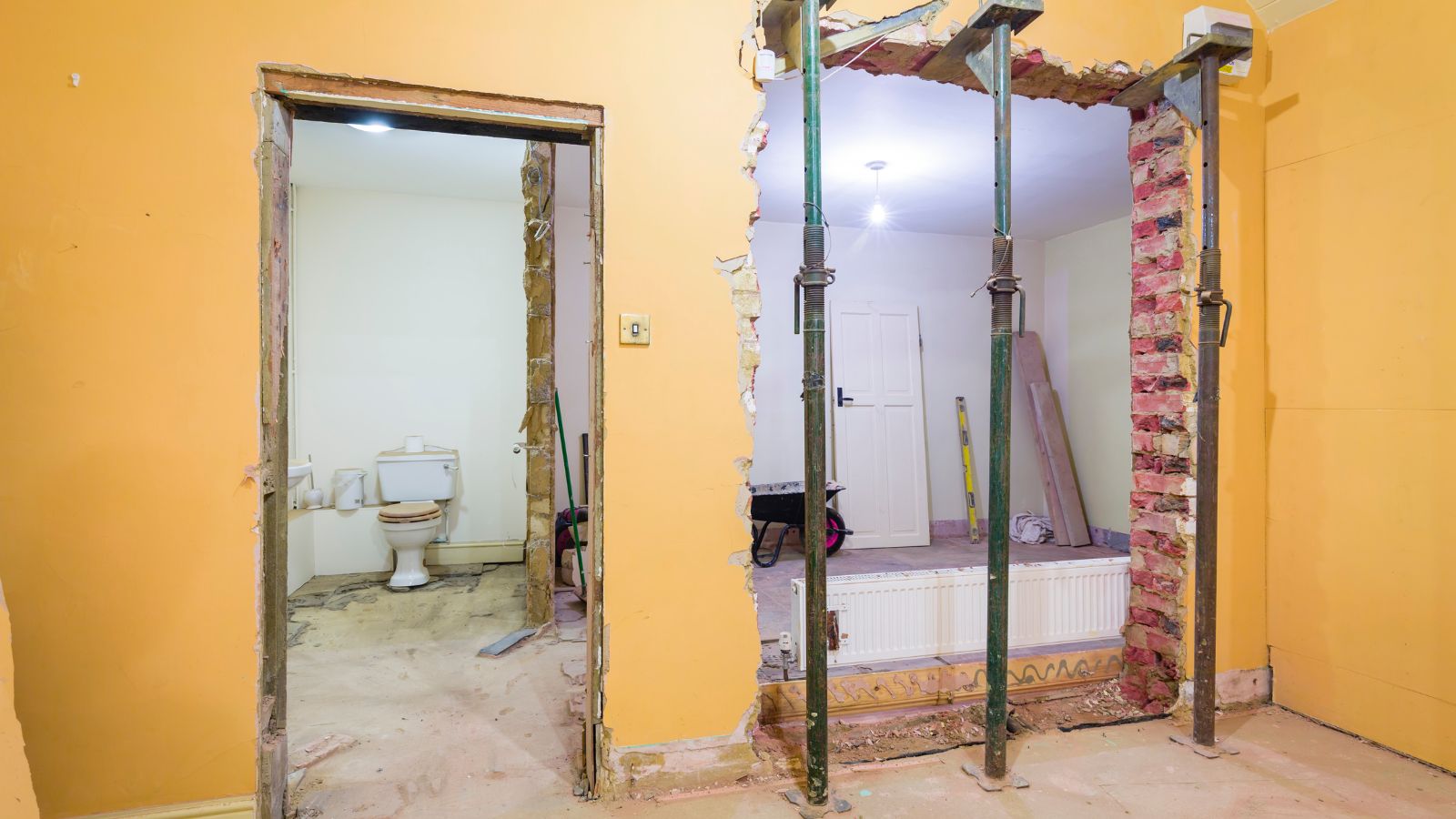
These days, open-concept spaces are very trendy, so it can be really tempting to attempt to remove some walls to accommodate this style, especially when it concerns inner walls that are made from plaster. However, even in this scenario, walls are very tricky to knock down safely and often need a professional touch. In fact, some walls are load-bearing, meaning they support the structure of the house, so attempting to do this job yourself can actually cause collapses–don’t risk it!
Installing Crown Molding
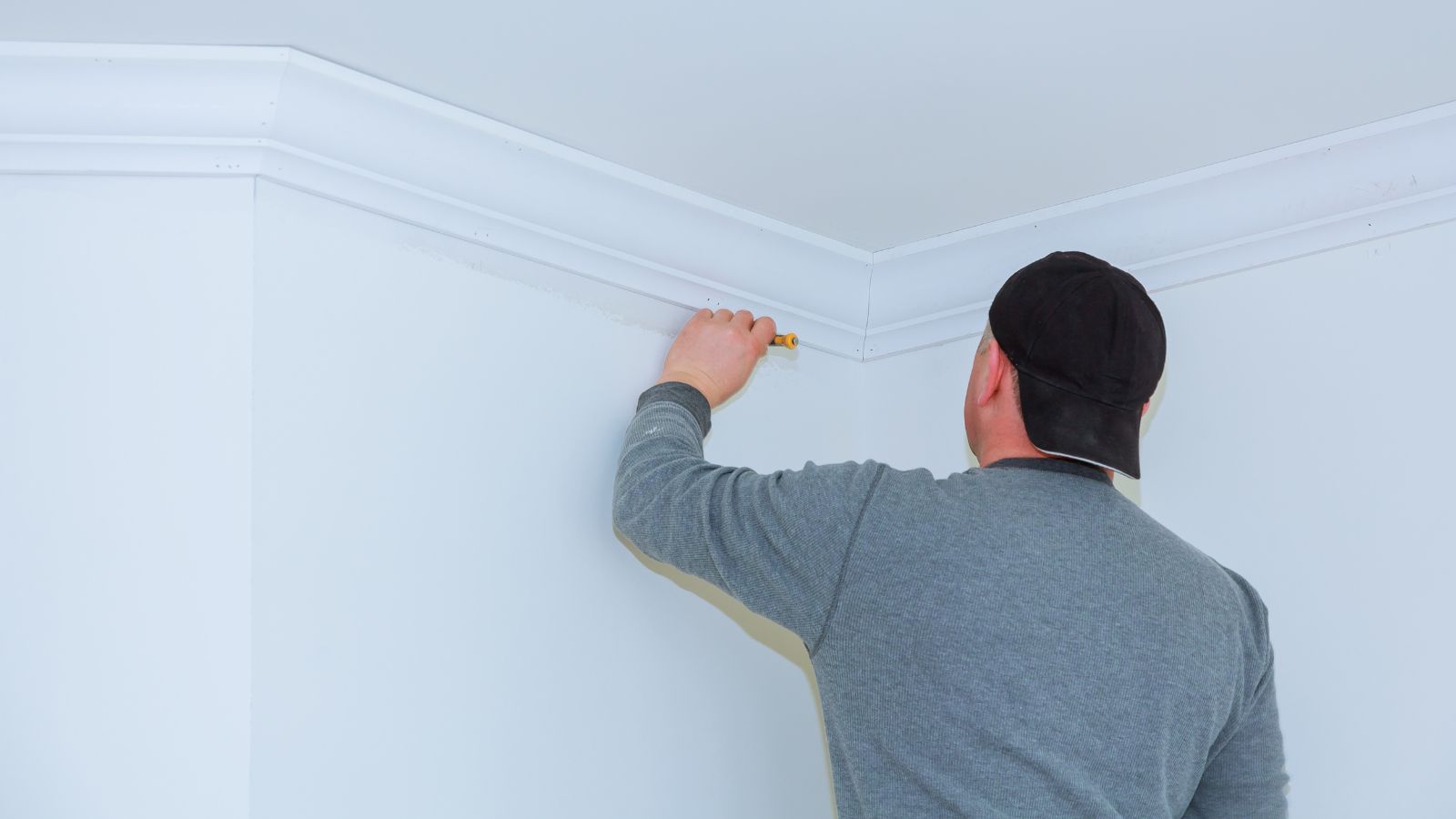
Seemingly very straightforward, adding crown molding is difficult to do alone–at least to a high standard. Ultimately, making it look professional requires precise measurements and complex angles, whereas cutting corners—literally—can lead to awkward gaps, especially in older homes where walls aren’t perfectly straight. Therefore, mistakes can be costly, so it’s probably best to just get a professional to complete this job properly.
Refinishing Hardwood Floors
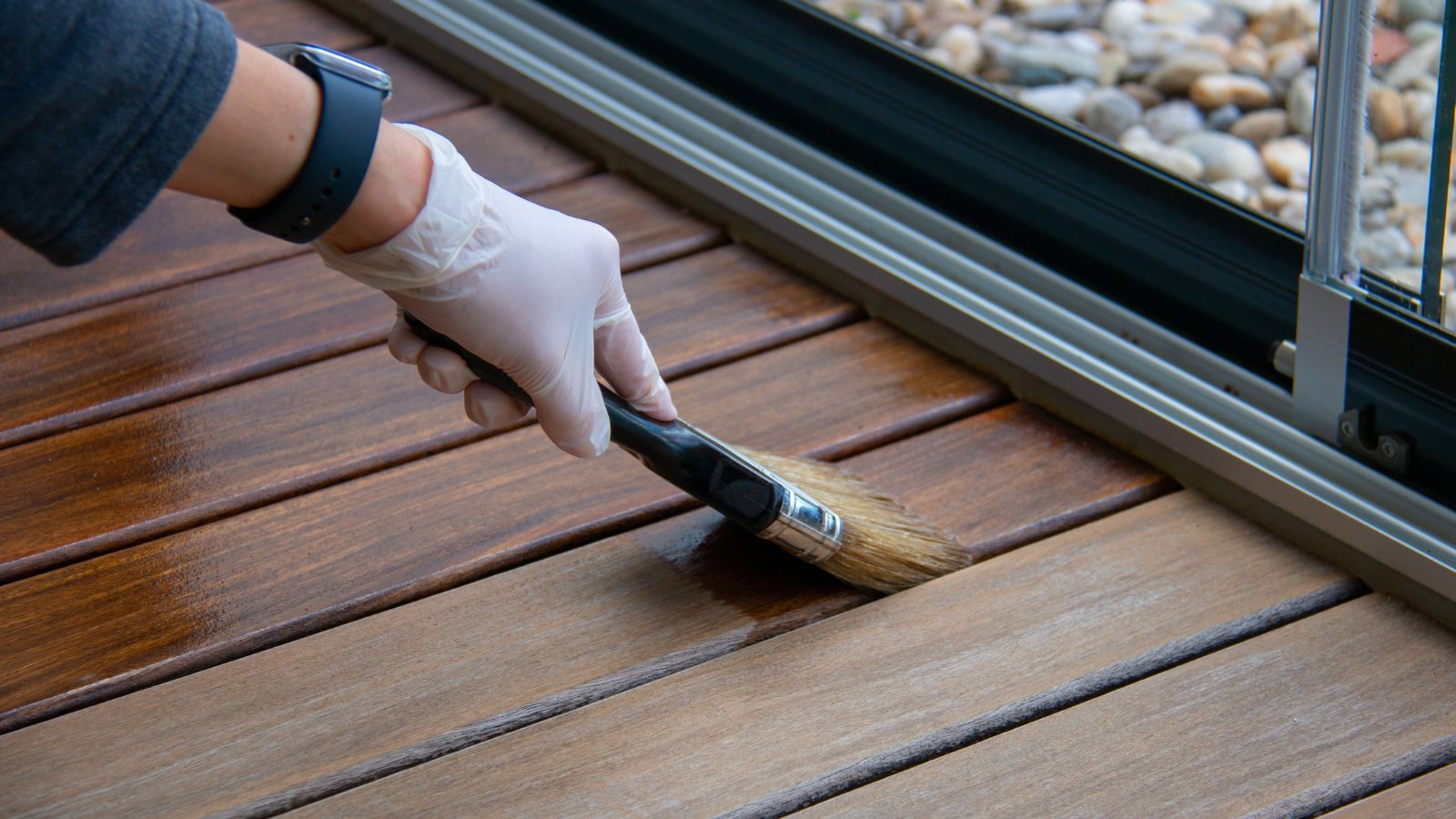
There’s no denying that a hardwood floor refinish is a tempting DIY project, especially with rental equipment available. However, sanding evenly is harder than it sounds, and one wrong move can leave unsightly grooves. Not only that but applying stain or finish evenly takes practice. Plus, dealing with sawdust and fumes makes it a tough task to complete in a timely manner, so don’t be afraid to seek professional assistance.
Installing Tile Backsplashes
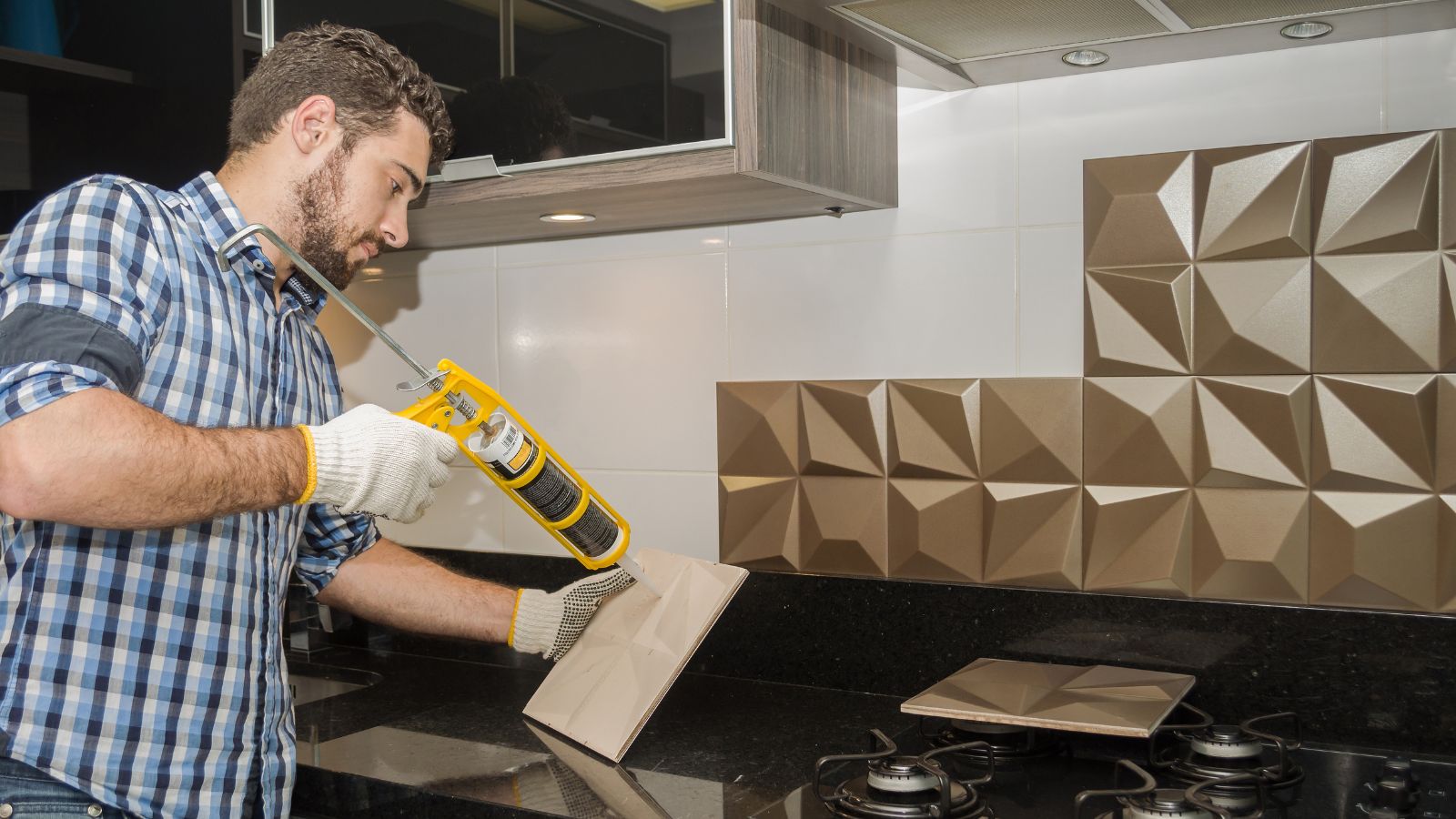
It’s all too common for people to attempt to install tile backsplashes on their own, only to mess it up completely. Frustratingly, a successful installation requires patience, precise measurements, and an eye for alignment, which the average DIY-er simply doesn’t have. Each tile must be cut perfectly, especially around corners and edges, so unless you have a lot of experience with this, it’s best not to tackle this project alone.
Repainting Kitchen Cabinets
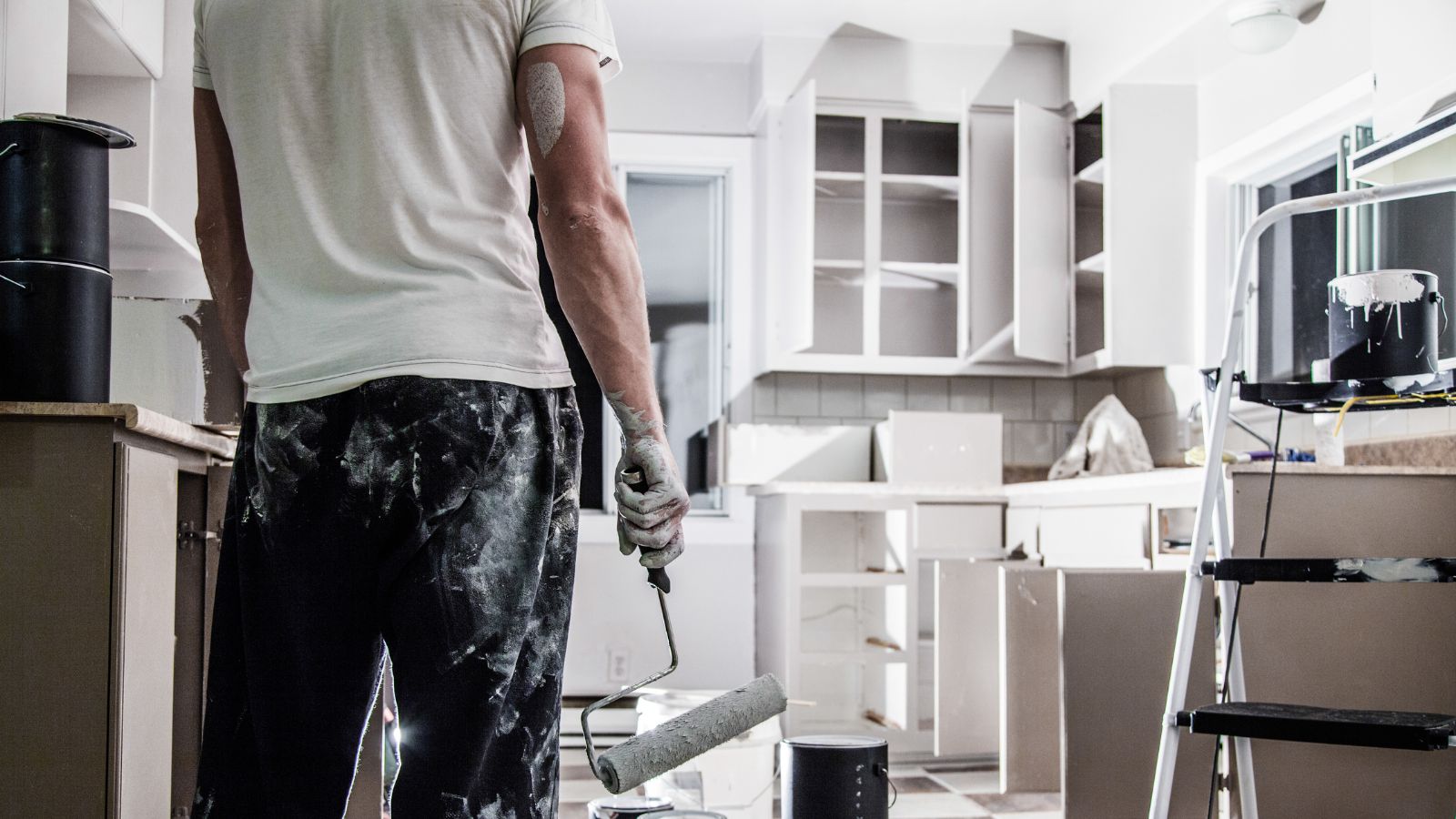
A fresh coat of paint on kitchen cabinets can transform a space, but it’s not as simple as just grabbing a brush and going to town on the cabinet. Properly prepping cabinets involves removing doors, sanding surfaces, and sometimes even applying primer, and if you skip any of these steps, the paint won’t adhere well, leading to chips and peeling. It may seem simple, but trust us–it’s not, so don’t get overconfident.
Installing New Light Fixtures

You may think that replacing a light fixture seems easy, but actually, any DIY electrical work carries serious risks. Wiring is often more complicated than expected, and mistakes can lead to blown circuits or even a fire hazard. What’s more, many older homes don’t follow current electrical codes, so even a straightforward swap might reveal outdated wiring that needs attention from an electrician.
Creating a Shiplap Wall
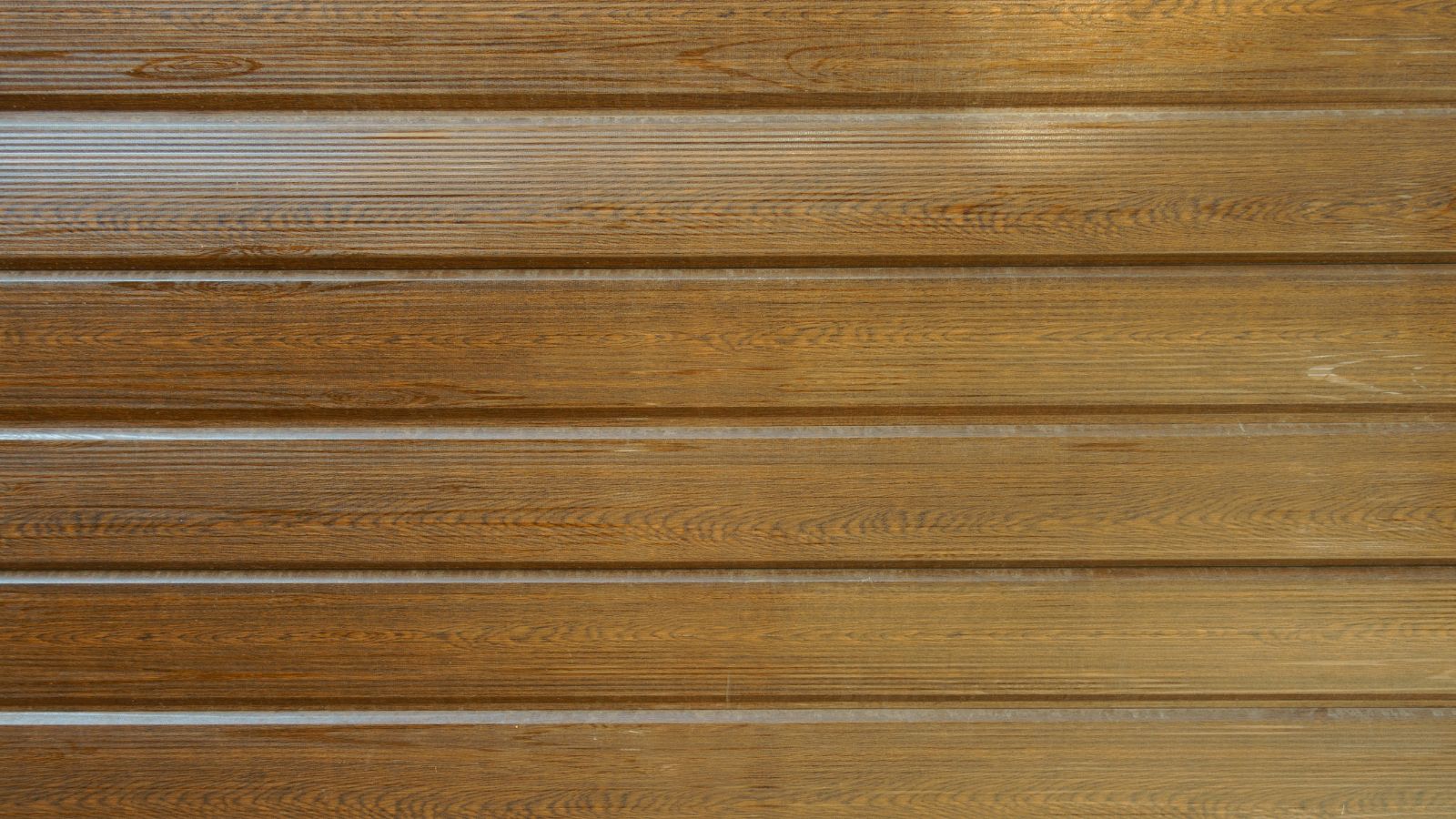
Nowadays, faux shiplap walls are becoming rather trendy in DIY circles, but more often than not, attempting to install them becomes a speedy regret. This job concerns far more than just nailing boards to the wall; you’ll need to ensure even spacing, especially around outlets or windows, which requires sharp precision. At the end of the day, if the boards aren’t correctly aligned, the finished wall can look uneven and unpolished, so it usually isn’t worth the risk.
Building a Deck
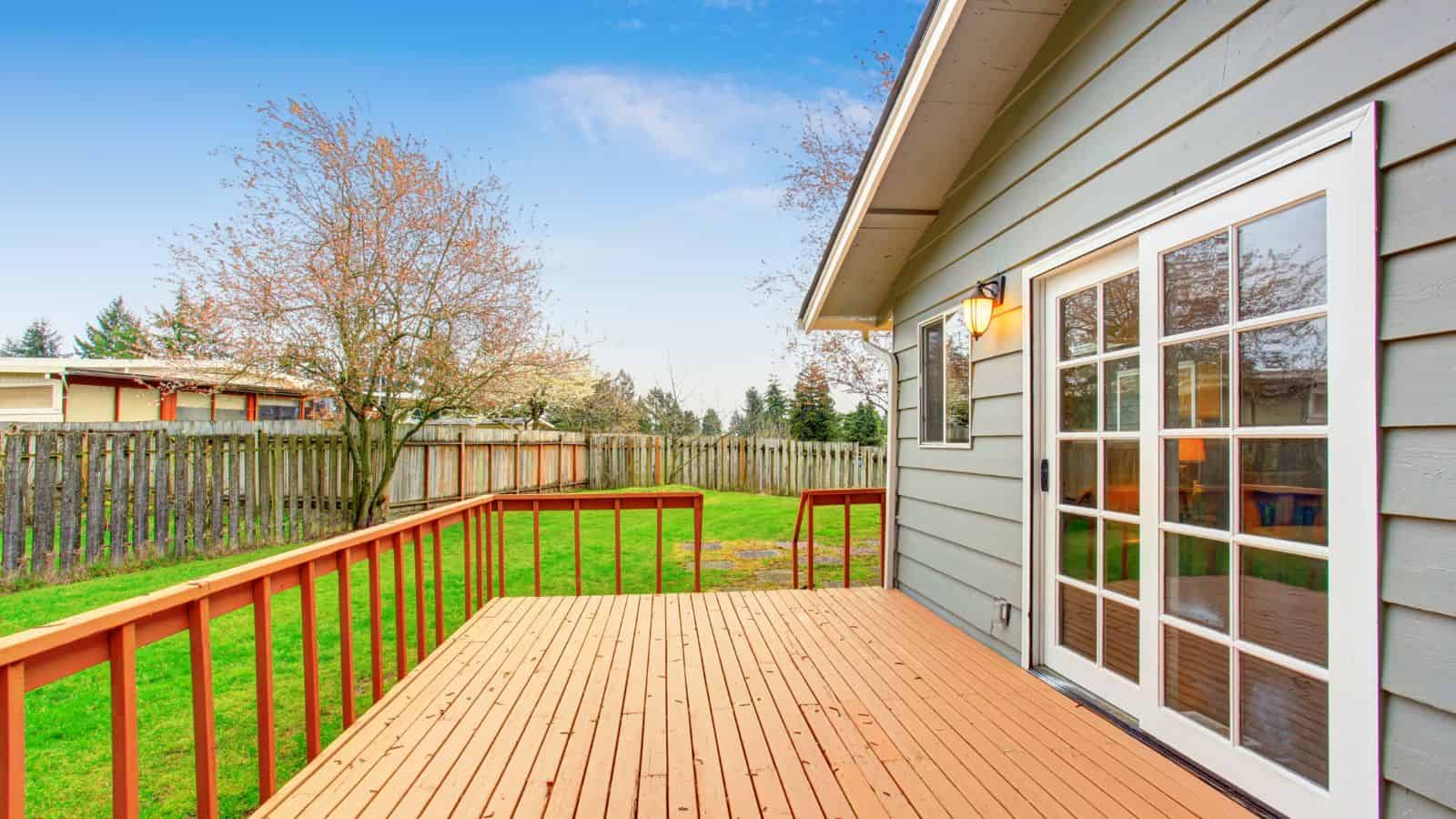
It’s the dream of many Americans to construct their own backyard deck, and while we can’t deny that this would be fulfilling, it’s important to consider that such a project involves careful planning and structural knowledge. Decks require stable footings, even spacing, and secure fastenings, and without the right materials and know-how, a deck can become unsafe over time, developing warps, sags, or even collapsing. You really shouldn’t put yourself in such danger–just get a pro to do it!
Replacing Windows
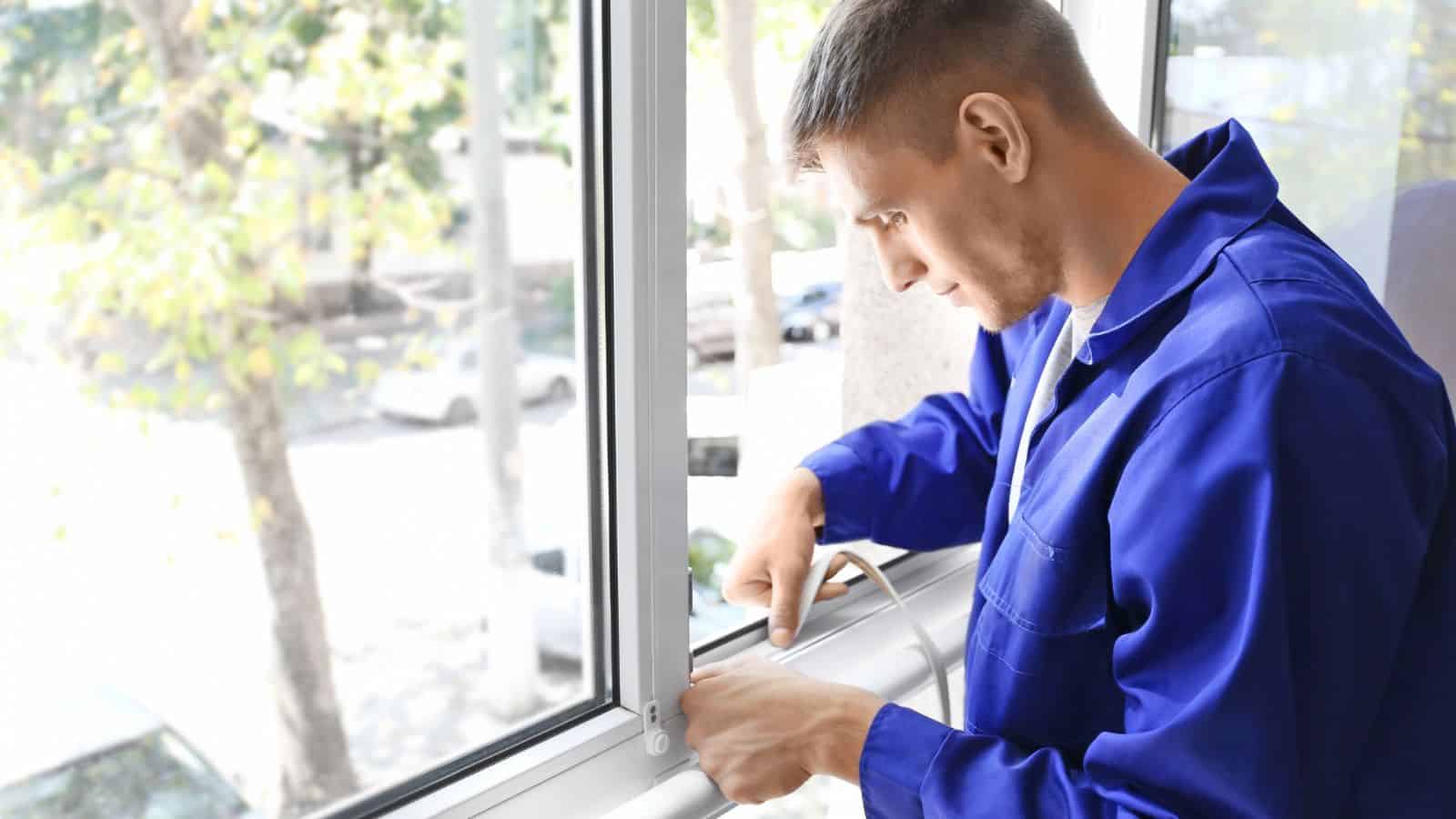
Another renovation that seems easy but is actually pretty difficult is swapping out old windows. This is a meticulous process that can quickly become frustrating, depending on careful measurements, proper insulation, and the right sealing techniques. Sure, you might get the job done visually, but you’ll soon regret not getting it done professionally when you have leaks, droughts, and mold around your windows.
Re-grouting Bathroom Tiles
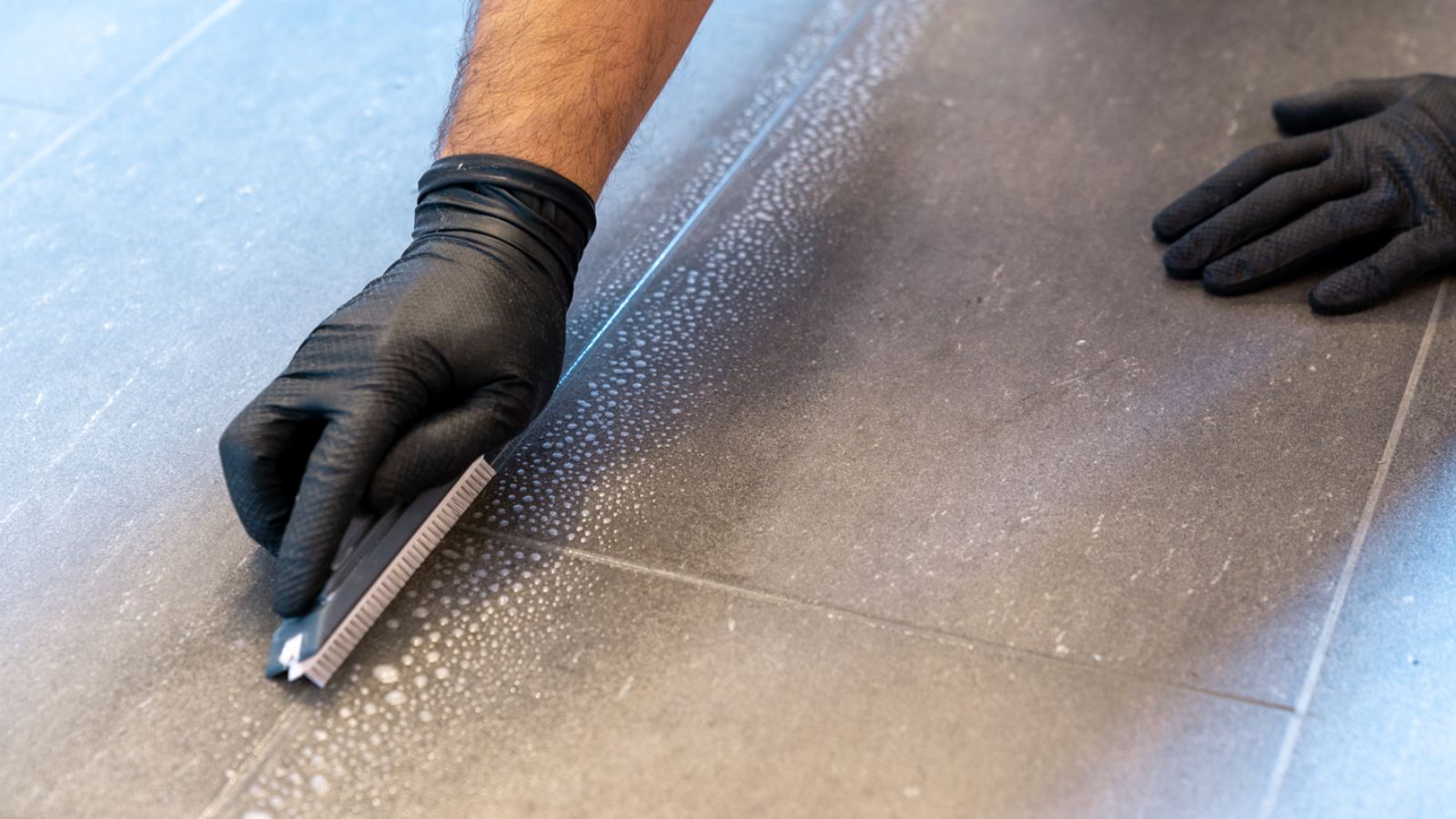
Regardless of how clean you keep it, bathroom grout inevitably gets grimy over time, making re-grouting a tempting DIY project. However, it’s tougher than it looks, as the old grout needs to be removed without damaging tiles, which takes patience and careful scraping. Furthermore, applying new grout evenly can also be a challenge, as it needs to fill every tiny space perfectly to prevent leaks. Overall, it’s a time-intensive job that requires attention to detail, so it’s best left to the experts.
Hanging Heavy Wall Shelves
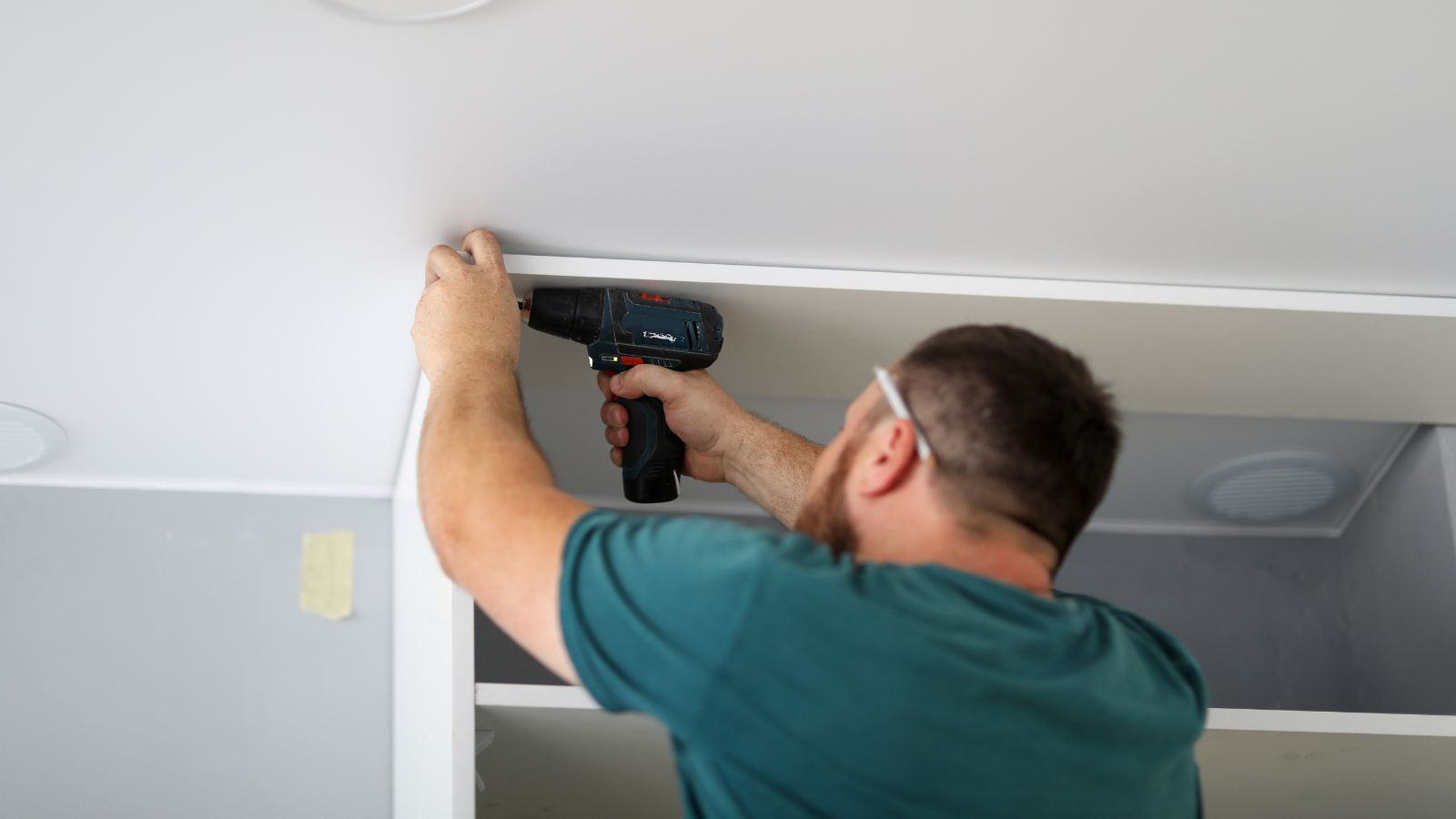
While it’s certainly true that adding floating shelves for storage or decoration is a solid upgrade, heavy shelves require secure wall anchors, and any misjudgments could cause serious safety hazards. Drywall alone won’t support the weight of fully stocked shelves, so finding the studs and using the right screws is essential. Even slight misalignment can make the shelf unstable, so attempting it alone will quickly turn this project into a neverending hindrance.
Pouring Concrete Countertops
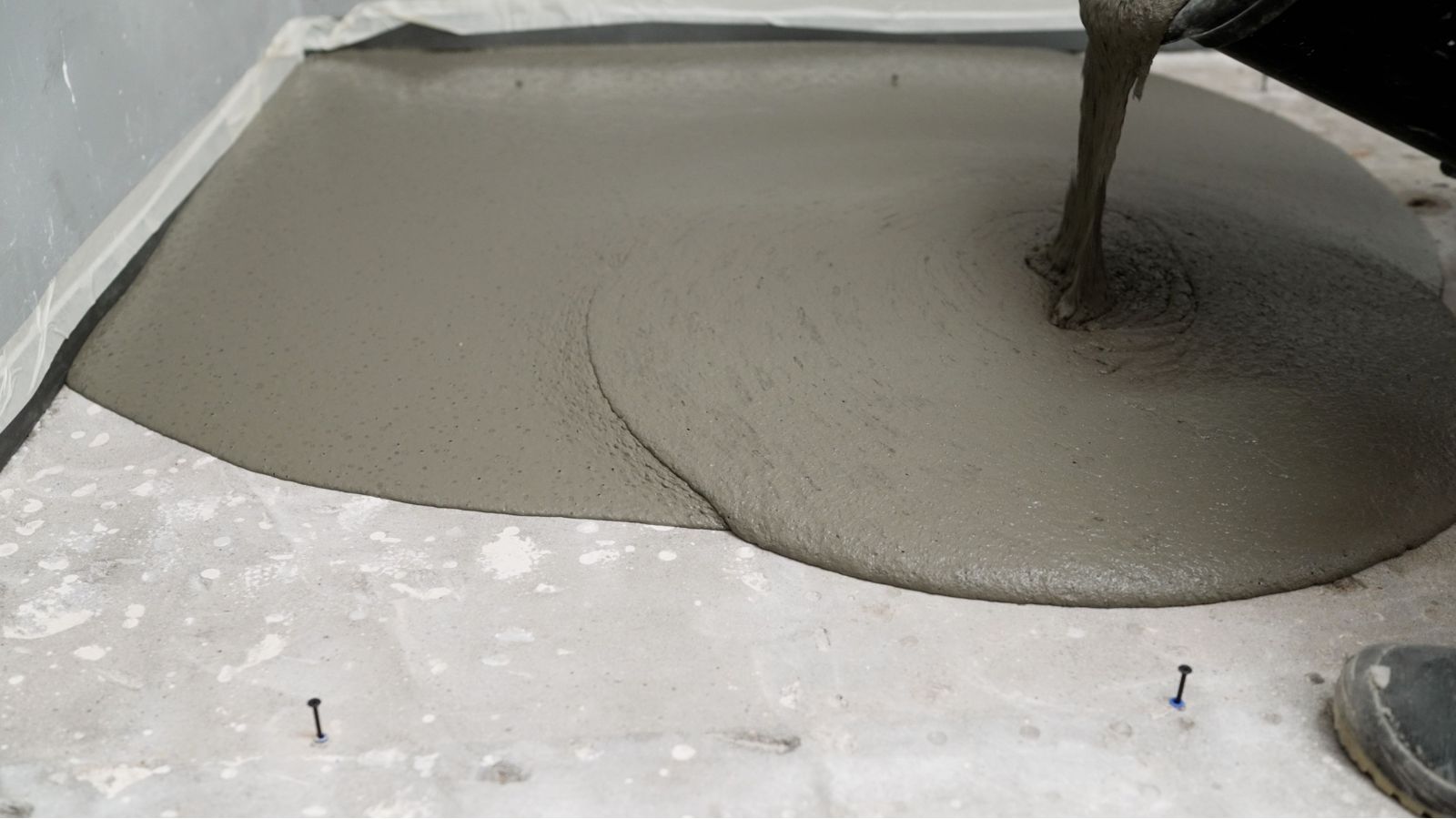
The process of pouring concrete to renovate your countertop looks really easy, and the end result is undeniably appealing, but stop right there–this really isn’t a beginner project. Mixing and pouring concrete requires immense precision to avoid cracking or air bubbles, and the curing process can take days. It’s easy to make mistakes in coloring or sealing, leaving the surface prone to stains and scratches, making it a DIY project that simply isn’t worth tackling alone.
Installing Heated Flooring
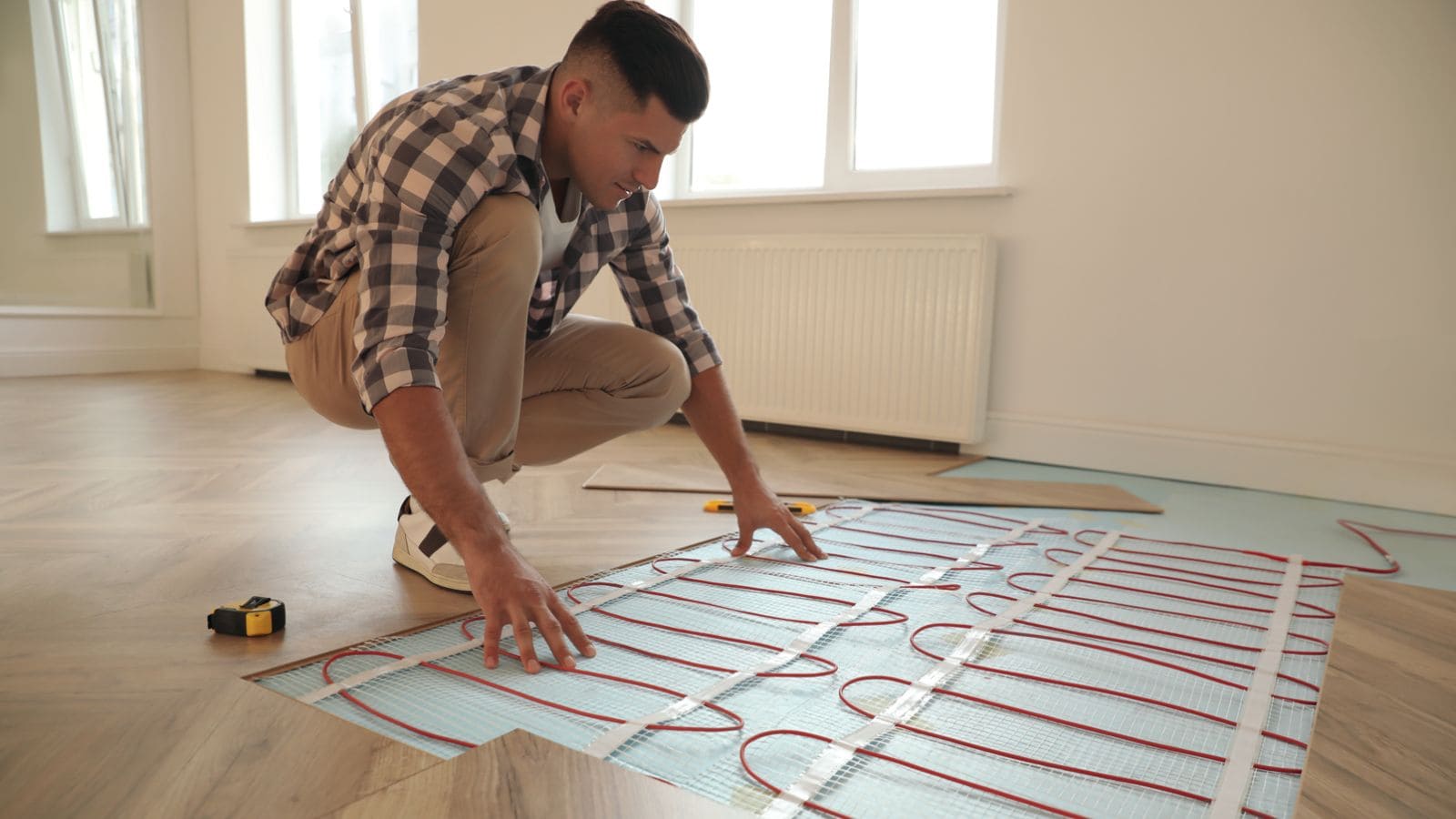
The idea of warm floors sounds amazing, especially in bathrooms, but installing heated flooring is intricate. It involves laying down electric mats or tubing beneath the tiles, ensuring they’re evenly spaced and properly connected. Unless you have experience with such installations, getting the placement exact will be near-impossible, causing the heat to distribute unevenly. Ultimately, this is just going to lead to costly repairs, so don’t be tempted to attempt it without help.
Replacing Exterior Siding
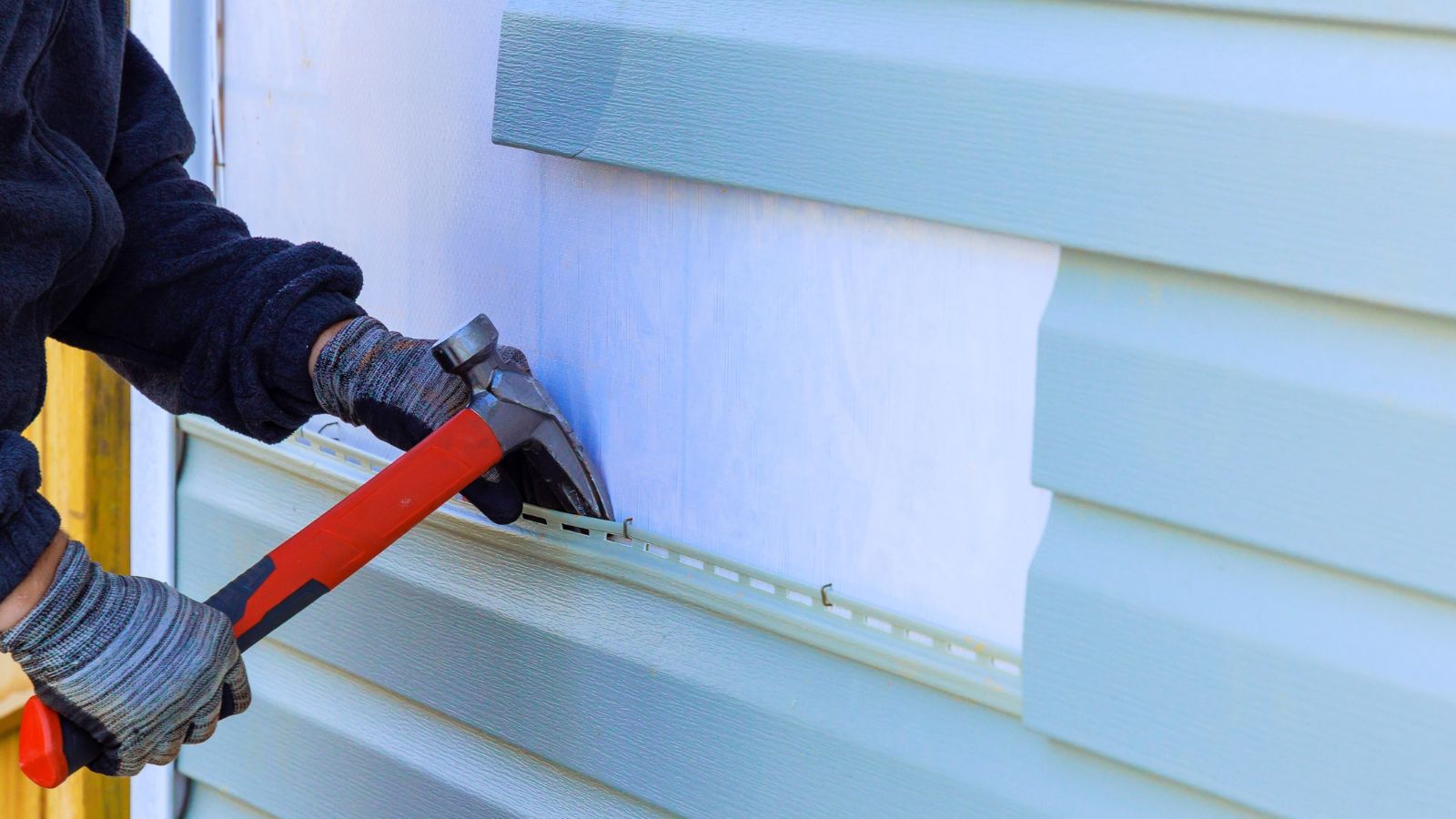
Changing the siding on your home is a wise renovation that can significantly boost your curb appeal, but it’s also labor-intensive and requires meticulous cutting and fitting. Each panel needs to overlap perfectly to protect against weather, and doing so incorrectly can lead to water leaks, mold, and rot. Plus, handling large pieces on a ladder is challenging, especially in windy conditions, so we’d recommend giving up on this DIY dream and getting it done professionally.
Adding Built-In Bookcases
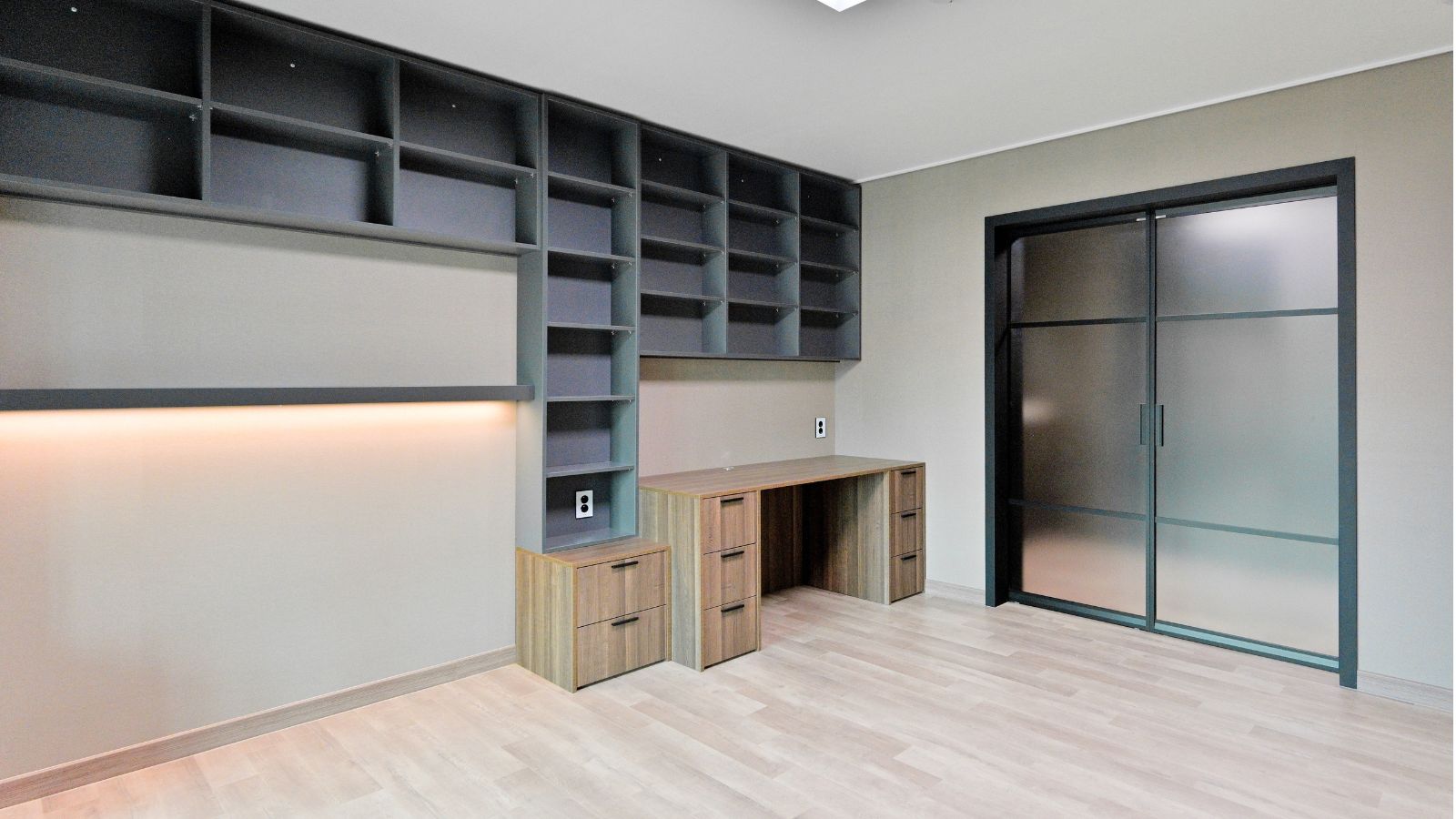
If you’ve installed shelved before, it might be tempting to install built-in bookcases on a DIY basis, but you’re likely overlooking how complicated this can be. To create a seamless, professional look, you’ll need to measure everything very carefully and be able to produce custom cuts. This is to ensure that the bookcase is level and flushes with the wall, which is no easy task, so don’t attempt it alone.
Redoing a Bathroom Vanity
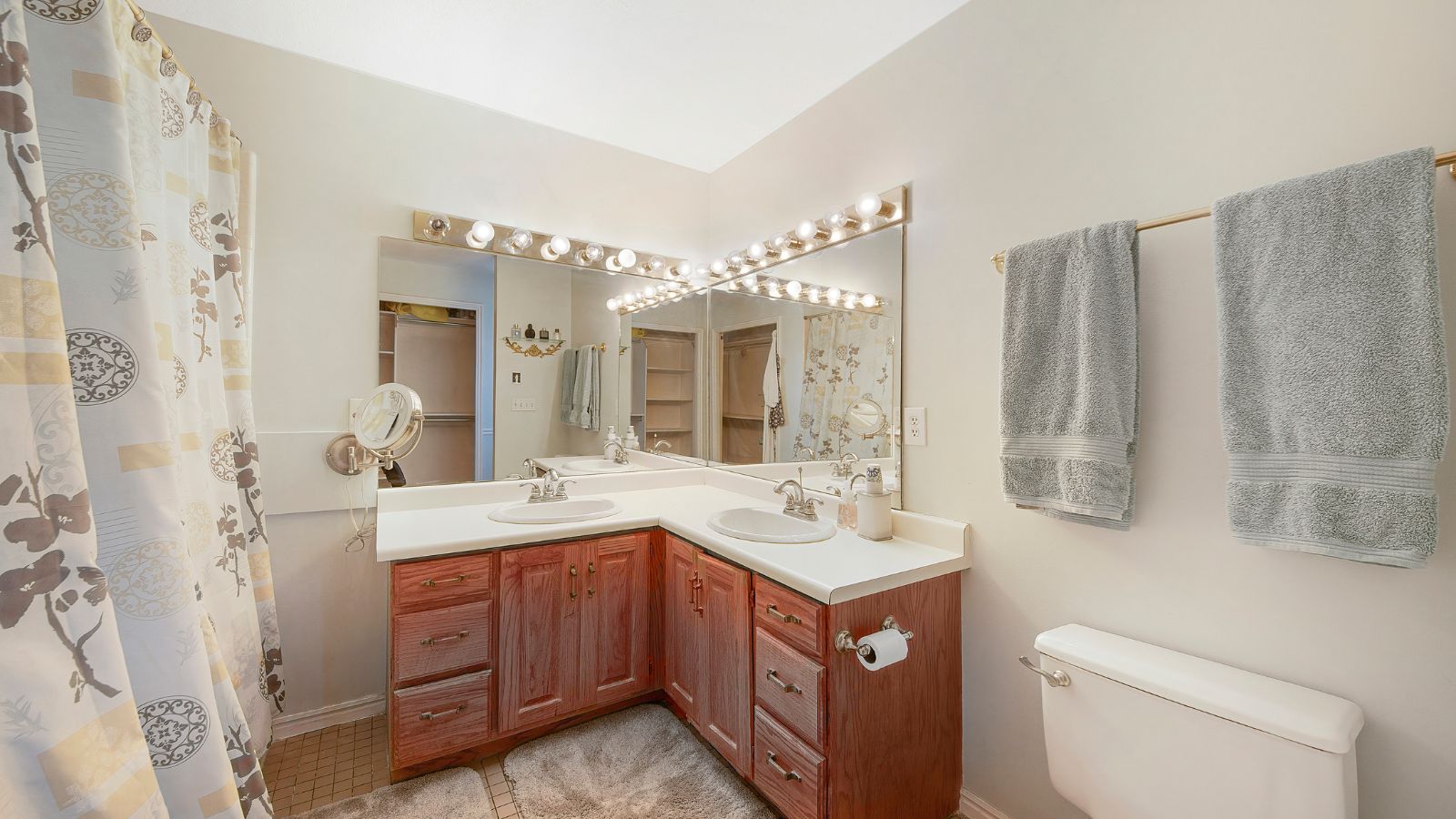
We can’t deny that replacing a bathroom vanity seems like a quick update, but that doesn’t mean that it is. You’ll need skills in plumbing, cutting, and measuring to complete it, and to add to the complications, older vanities tend to have confusing plumbing configurations that don’t match up with new models. Plus, any mistakes can lead to leaks or poor drainage, so ask yourself–is this DIY project really worth the trouble?
Soundproofing a Room

One of the most commonly botched DIY projects is soundproofing a room, which many remote workers and home musicians assume will be easy. In reality, soundproofing requires far more than throwing up a few foam panels, involving installing specialized insulation, sealing gaps, and even adding double walls or windows. Even minor gaps can reduce effectiveness, making it a technical project best left to pros who understand the physics of sound.
Building a Garden Pond
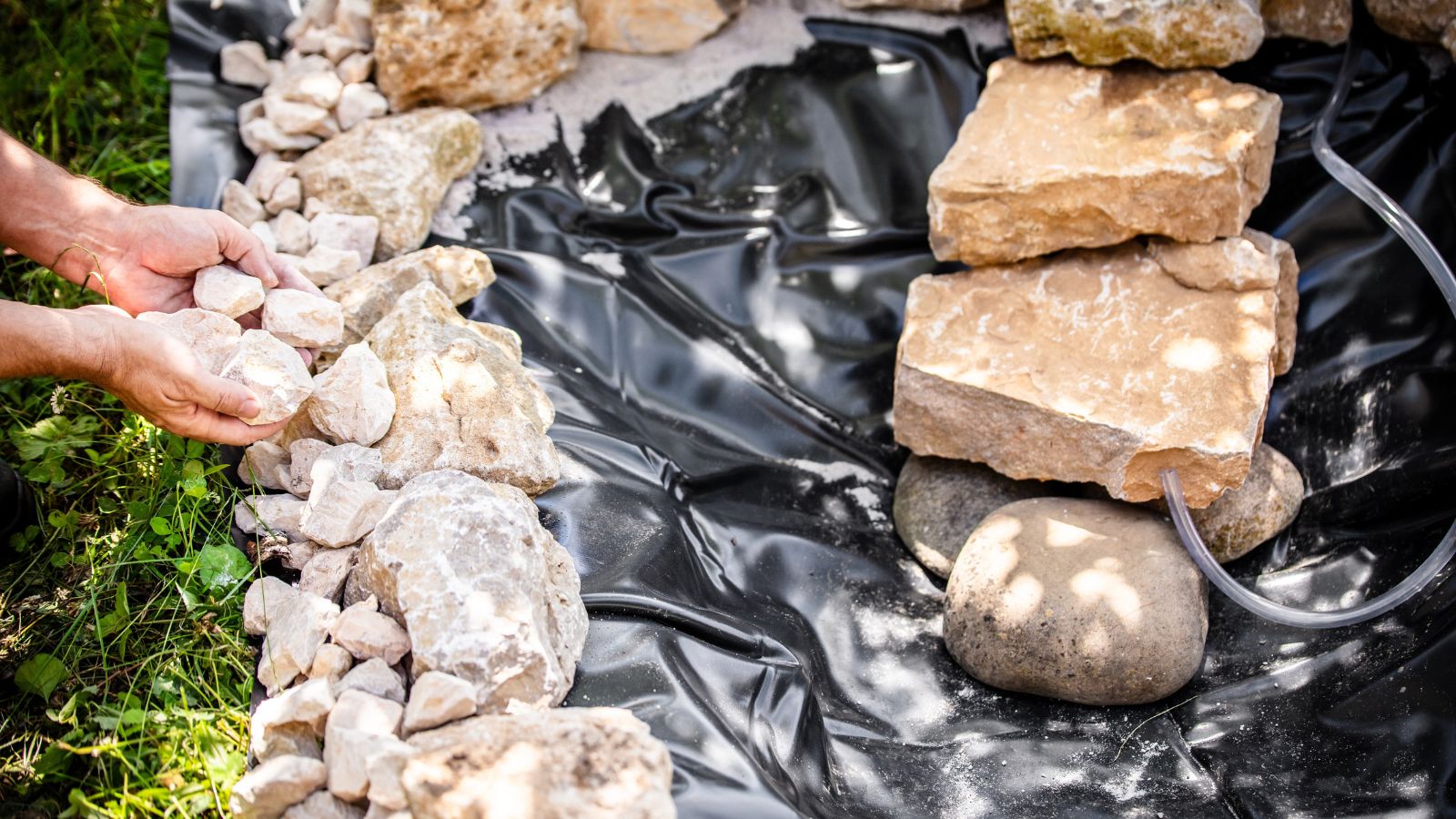
Everyone can agree that a backyard pond is a charming idea, but building one is labor-intensive and tricky to get right. Ponds require careful excavation, lining, and balancing of water levels, and keeping the pond clean and preventing leaks also takes more work than expected. Without proper planning, you may end up with a swampy mess instead of a tranquil water feature, and trust us–you don’t want to think about how much that will cost you in damages.
Laying Brick or Stone Walkways

Finally, laying a brick or stone path might seem like the easiest DIY project on this list, helping you to provide a rustic look to your garden. It’s actually much more complicated than it seems, though, because each brick or stone must be placed on a perfectly level surface and be tightly aligned. Even slight imperfections can make the path uneven, and without proper support, stones may shift over time. It’s a project that demands patience, skill, and physical strength, so eat your pride and hire a local professional.
